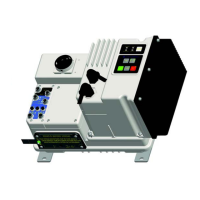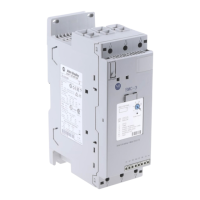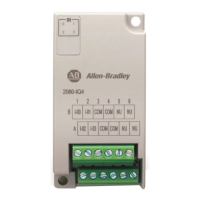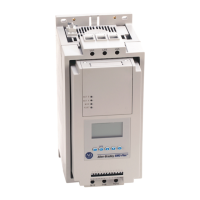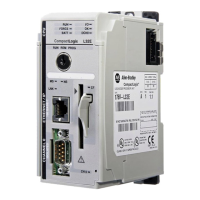PID Setup H-5
• Parameter 235 (PID Integ Time)
The integral gain (units of seconds) affects how the regulator
reacts to error over time and is used to get rid of steady state
error. For example, with an integral gain of 2 seconds, the output
of the integral gain component would integrate up to 100% of
maximum frequency when the PID error is 100% for 2 seconds.
A larger value for (PID Integ Time) makes the integral
component less responsive, and a smaller value makes it more
responsive. Setting (PID Integ Time) to 0 disables the integral
component of the PID loop.
• Parameter 236 (PID Diff Rate)
The Differential gain (units of 1/seconds) affects the rate of
change of the PID output. The differential gain is multiplied by
the difference between the previous error and current error.
Thus, with a large error the D has a large effect and with a small
error the D has less of an effect. This parameter is scaled so that
when it is set to 1.00, the process response is 0.1% of (Maximum
Freq) when the process error is changing at 1%/second. A larger
value for (PID Diff Rate) makes the differential term have more
of an effect and a small value makes it have less of an effect. In
many applications, the D gain is not needed. Setting (PID Diff
Rate) to 0.00 (factory default) disables the differential
component of the PID loop.
Guidelines for Adjusting the PID Gains
1. Adjust the proportional gain. During this step it may be desirable
to disable the integral gain and differential gain by setting them to
0. After a step change in the PID Feedback:
• If the response is too slow increase Parameter 234 (PID Prop
Gain).
• If the response is too quick and/or unstable (see Figure H.1),
decrease Parameter 234 (PID Prop Gain).
• Typically, Parameter 234 (PID Prop Gain) is set to some
value below the point where the PID begins to go unstable.
2. Adjust the integral gain (leave the proportional gain set as in Step
1). After a step change in the PID Feedback:
• If the response is too slow (see Figure H.2), or the PID
Feedback does not become equal to the PID Reference,
decrease Parameter 235 (PID Integ Time).
• If there is a lot of oscillation in the PID Feedback before
settling out (see Figure H.3), increase Parameter 235 (PID
Integ Time).
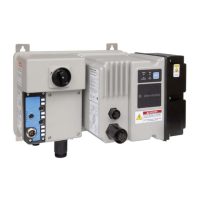
